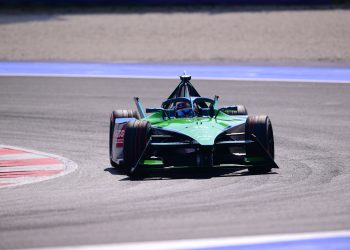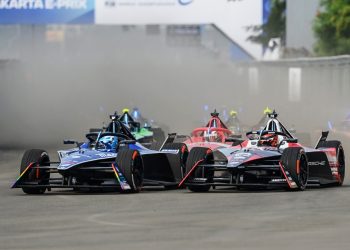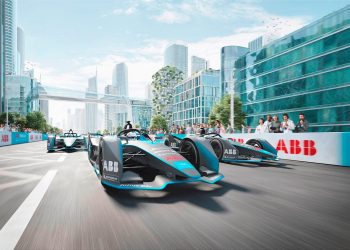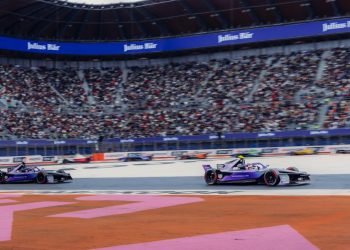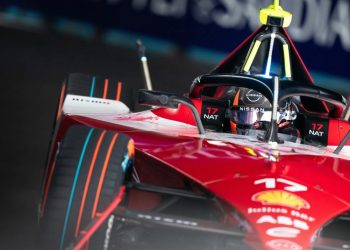Speed lovers have always been wary of the Monaco circuit in both F1 and Formula E, due to the difficulties drivers have in overtaking because of the characteristics of the track.
The Principality’s E-Prix broke paradigms with some 166 overtakes between the participating racers in the exciting electric single-seater series.
Jean-Eric Vergne delivered a masterclass in timing, poise and pace to cut through rivals from 22nd to a final seventh place at the flag, a gain of 15 positions that saw him become the ABB Driver of Progress winner in Monaco.
Few tracks in world motorsport would present a tougher challenge to do what the DS driver did, moving up from last and 22nd on the grid to seventh – making amends for a qualifying penalty as a tire pressure infraction left both the Frenchman and teammate Stoffel Vandoorne dropped from position on the back row of the grid.
Related content:Disappointment at Porsche after Losing Formula E Championship Lead
Great Comeback
The outlook looked dark for Vergne, but the team’s strategy to make up for its losses was clear from the moment he made a conservative start, reacting at the first corner: survive, save energy and then attack.
Vergne took a full five seconds to fire from zero to 100 km/h, almost twice as long as the current generation of the ABB FIA Formula E FIA World Championship car is ultimately capable of, and his first half-lap of the race was spent tickling the throttle.
He used a bit of force passing the Mahindra Racing of Lucas di Grassi coming out of the tunnel, but that was the extent of his audacity – by the end of the first lap, Vergne was a full percentage point better on power than race leader Jake Hughes of NEOM McLaren.
That opening lap was an extreme example of the key to Vergne’s rise, beyond just being patient, as he had speed to deploy and was only careful when he used it.
For example, a reasonably high top speed of 195km/h, compared to the 182km/h of teammate Vandoorne who was also at the back of the pack, was needed to pass di Grassi.
What is certain is that Vergne’s overall race in Monaco represented a cathedra on a circuit that has always shown itself to be a “procession” of drivers.




